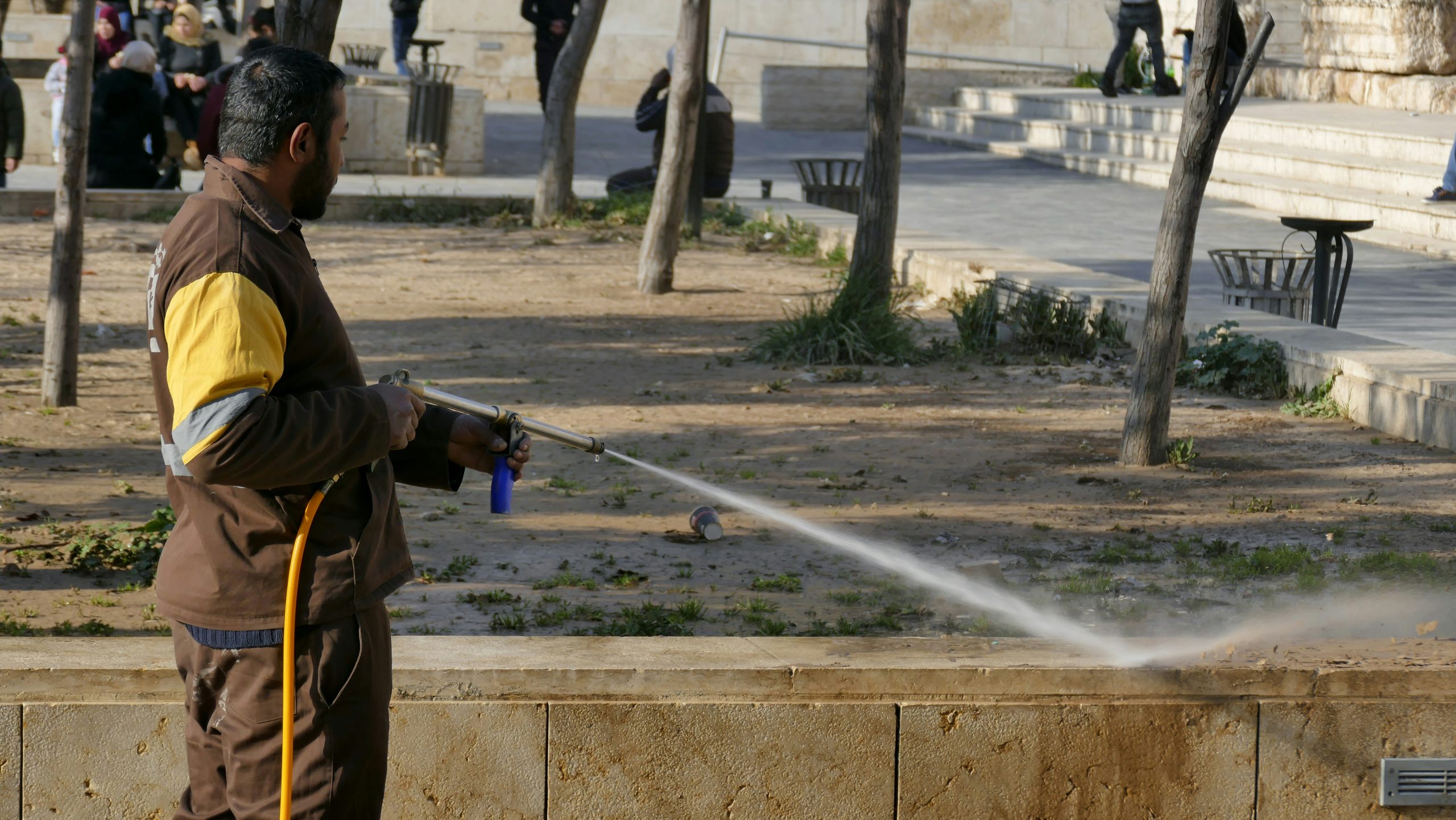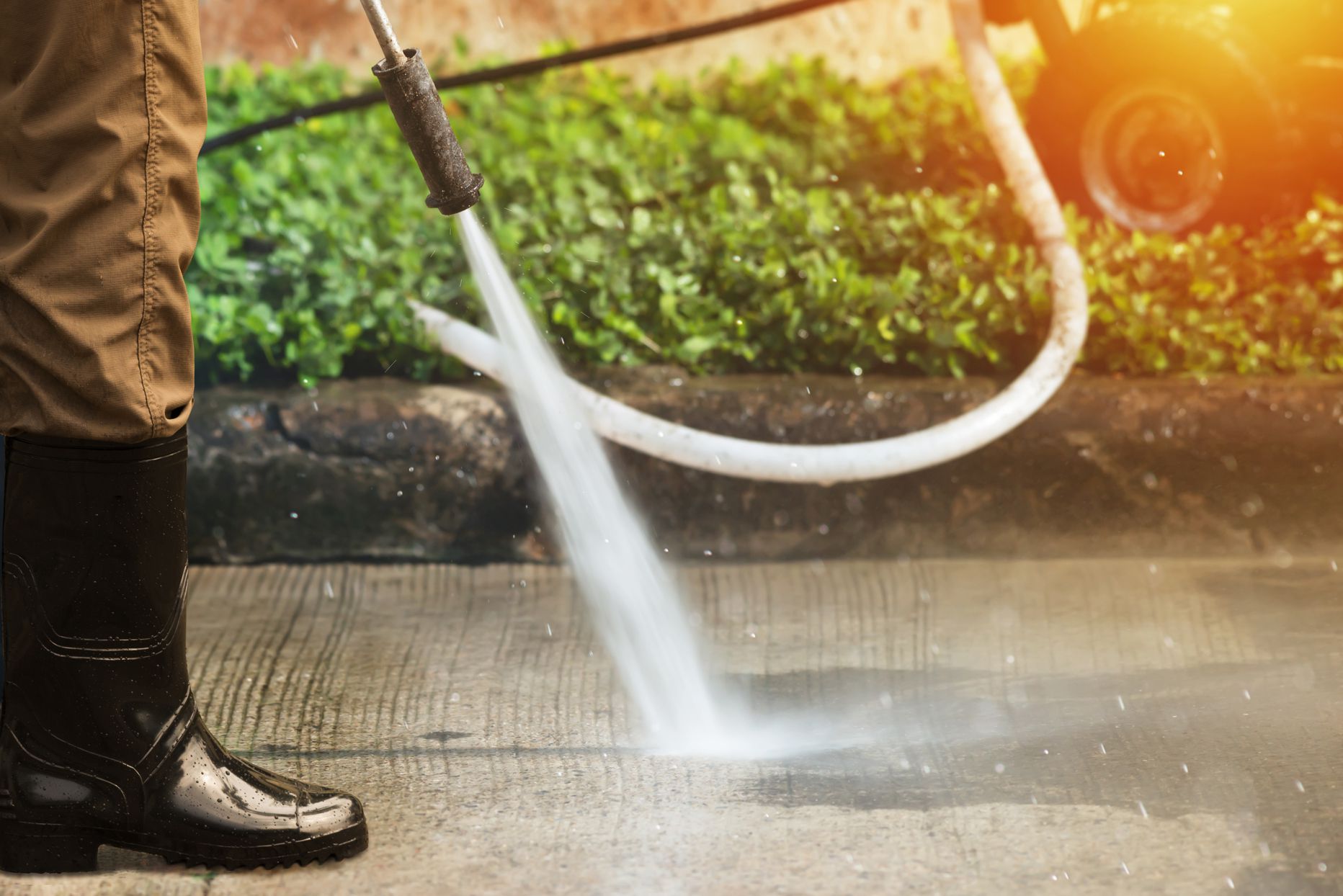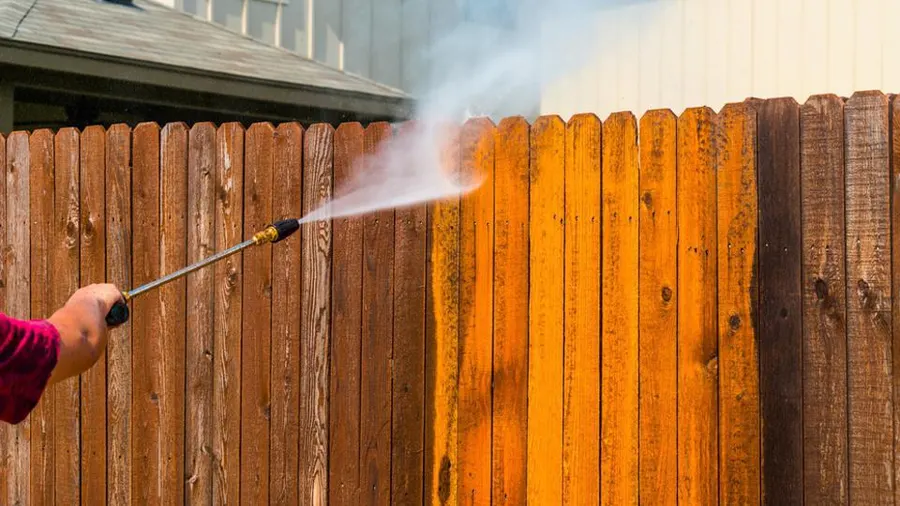Are you a homeowner or an individual responsible for home or outdoor maintenance? If so, pressure washing is likely a part of your regular cleaning routine. It’s a powerful and efficient way to keep your exteriors clean and well-maintained. However, common mistakes can lead to damage or ineffective pressure washing results.
This article covers seven pressure washing mistakes to avoid at all costs. But don’t worry! It would also offer pressure washing tips for success and safety. Let’s begin!
1. Neglecting To Wear Protective Gear
One common mistake when pressure washing is forgetting to wear proper protective gear. This can lead to potential injuries and hazards. Thus, it’s crucial to safeguard yourself by wearing safety goggles, gloves, and a mask. These protect your eyes, hands, and lungs from debris, chemicals, and water.
Neglecting this gear can result in eye, skin, and respiratory issues. Imagine pressure washing your deck without protective gear. Debris and water splashes back into your face, causing an eye injury. This could have been easily avoided by wearing protective goggles.
If you’re uncomfortable with pressure washers, hire Pressure Washing Valdosta GA experts. Their experience and expertise will ensure a clean and pristine exterior without any worries.
2. Using Excessive Pressure That Can Damage Surfaces
Extreme pressure washing is also a common mistake that can damage surfaces. Many people believe using more pressure will clean surfaces better, but this isn’t true. Overpressure can remove paint, erode wood, and damage delicate materials like windowpanes.
Visualize pressure washing your driveway to remove stubborn stains. You turn the pressure to maximum, hoping for better results. However, this excessive force cracks the concrete and weakens the structure. Now, you’re faced with costly repairs that could have been avoided using the correct pressure setting.
Therefore, finding the right balance and using appropriate pressure for each surface you’re cleaning is crucial. Remember that using less pressure is often better and safer for surfaces.
3. Failing To Clean The Washer’s Filters Regularly
Did you know that not cleaning your pressure washer’s filters regularly can affect its performance? This is a mistake that many homeowners overlook, but it can result in clogged nozzles, reduced water flow, and damage to the pressure washer.
Let’s say you’re pressure washing your patio, and suddenly, the water flow starts to weaken. Without realizing it, you continue using the machine while the filters remain clogged. As a result, your pressure washer becomes less effective and takes longer to achieve the desired results.
To ensure that your equipment performs well and lasts longer, clean the pressure washer filters regularly.
4. Holding The Nozzle Too Close To The Surface
When pressure washing, it’s ideal to maintain a safe distance between the nozzle and the surface. Holding the nozzle too close can cause irreversible damage, especially on delicate or painted surfaces.
Imagine pressure washing your house’s siding with the nozzle just a few inches away. The high-pressure water jet removes the paint, leaving behind unsightly patches.
To prevent damage, keep a safe distance and let the pressure washer do its job. Aim to stay 12-18 inches away from the surface for effective cleaning without causing harm.
5. Using Hot Water With A Pressure Washer
Using hot water when pressure washing may seem logical, but it can harm certain surfaces. Hot water can cause warping, melting, or discoloration, especially on delicate materials.
Let’s say you decide to pressure wash your vinyl fence with hot water, assuming it will yield better results. Unfortunately, the hot water causes the vinyl to warp and deform, ruining the appearance of your fences.
So, follow the manufacturer’s instructions to prevent irreversible damage caused by misusing hot water. Only use hot water with a pressure washer if the manufacturer recommends it for the surface.
6. Not Testing In A Hidden Area
Before starting a project, it’s wise to test the pressure washer’s settings and cleaning solution in a discreet area. This lets you assess the pressure’s effectiveness and ensure the cleaning solution won’t cause damage.
Imagine you want to pressure wash your garden statues to remove grime. Without testing first, you proceed to pressure wash the statues directly. To your dismay, the pressure is too high, causing the delicate statues to chip and crack. This could have been avoided by testing the pressure and solution in a hidden corner.
Remember, it’s always better to be safe than sorry! Conducting a small test patch enables you to make adjustments, preventing costly mistakes in visible areas.
7. Pressure Washing In Windy Conditions
Finally, pressure washing in windy conditions can be disastrous. The high-pressure water jet can veer off course and damage unintended surfaces. Additionally, the wind may carry debris or chemicals from the pressure washer, posing a risk to nearby plants and bystanders.
Visualize pressure washing your patio during a windy day. As you aim the nozzle, a gust of wind redirects the water towards your parked car, leaving marks and damaging the paint.
To avoid such mishaps, always check the weather forecast and plan your pressure washing sessions on calm, wind-free days.
Nailing Pressure Washing Like A Pro
Pressure washing is a satisfying and effective method for cleaning and maintaining exteriors. Avoid these seven pressure washing mistakes and follow the above tips for exceptional results while protecting your surfaces.
Now, gear up, find the proper pressure, and let your pressure washer work its magic! Remember to prioritize safety and enjoy your pressure washing experience!




